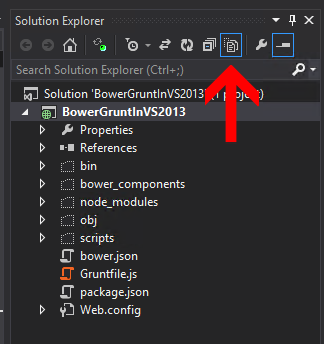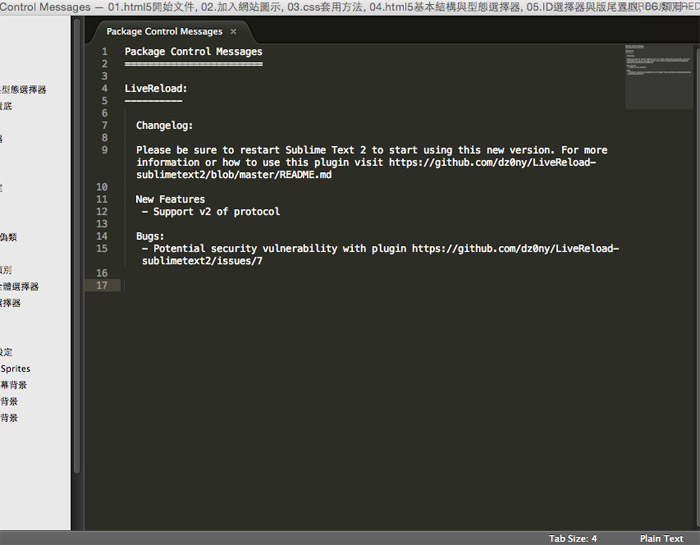
In your project's Gruntfile, add a section named proxies to your existing connect definition. Raw Gruntfile. One the plugin has been installed, it may be enabled inside your Gruntfile with this line of JavaScript: grunt.loadNpmTasks( 'grunt-connect-proxy') Īdapting the "connect" task Overview Proxy Configuration Example Gruntfile for grunt-contrib-watch with livereload.
#Grunt connect livereload example install#
Once you're familiar with that process, you may install this plugin with this command: npm install grunt-connect-proxy -save-dev
#Grunt connect livereload example how to#
If you haven't used Grunt before, be sure to check out the Getting Started guide, as it explains how to create a Gruntfile as well as install and use Grunt plugins. grunt serve To enter a different mode then simply pass in the appropriate mode value when you call grunt serve. Learn more about grunt-contrib-connect: package health score, popularity, security, maintenance, versions and more. For example, this will install the latest version of Grunt in your project folder, adding it to your devDependencies: npm install grunt -save-dev The same can be done for gruntplugins and other node modules. Explore over 1 million open source packages. If you have not configured this prism target's mode then it will default to proxy. In this example, grunt connect (or more verbosely, grunt connect:server) will start a static web server at with its base path set to the www-root directory relative to the gruntfile, and any tasks run afterwards will be able to access it. Find the best open-source package for your project with Snyk Open Source Advisor.

When you run grunt watch it starts listening on that port, but a couple things may prevent the connection from working: missing the livereload module your web server isn't listening on 127.0.0. For this example, let’s assume that your static website is located in the client/ folder. One important (and fairly undocumented) detail of LiveReload is that the browser extension tries to connect to 127.0.0.1:35729. connect/express example app.Provides a http proxy as middleware for the grunt-contrib-connect plugin. In the case of the above example, when you run grunt serve it will run the prism:serve target by default. Here are the steps to setting this up using the watch and connect plugins, along with the connect-livereload (a piece of Connect middleware that is not grunt-specific). Ignore gives you the possibility to ignore certain files or url's from being handled by connect-livereload. If you need liveReload on static html files, then place it before the static routes. In your connect or express application add this after the static and before the dynamic routes. grunt-contrib-connect or grunt-contrib-watch.Ĭonnect-livereload itself does not serve the livereload.js script. This middleware can be used with a LiveReload module e.g. Note: if you use this middleware, you should make sure to switch off the Browser LiveReload Extension if you have it installed. This behavior can be changed with the keepalive option, and can be enabled ad-hoc by running the task like grunt connect:keepalive. Once grunt's tasks have completed, the web server stops. For example: You’re working on a small website for which you need to run a local server, your preprocessed CSS files compiled to CSS, you need something to minify and concatenate your Javascript. Based on project statistics from the GitHub repository for the npm package connect-livereload-https, we found that it has been starred times. As such, we scored connect-livereload-https popularity level to be Limited. Note that this server only runs as long as grunt is running. The npm package connect-livereload-https receives a total of 156 downloads a week. Install npm install connect-livereload -save-dev Run this task with the grunt connect command. grunt. If you are happy with a browser plugin, then you don't need this middleware. The example in the library is using a very dated version of grunt-contrib-connect From version 0.11.x, the new grunt-contrib-connect does not support connect.static and connect.directory.


Connect middleware for adding the livereload script to the response.


 0 kommentar(er)
0 kommentar(er)
